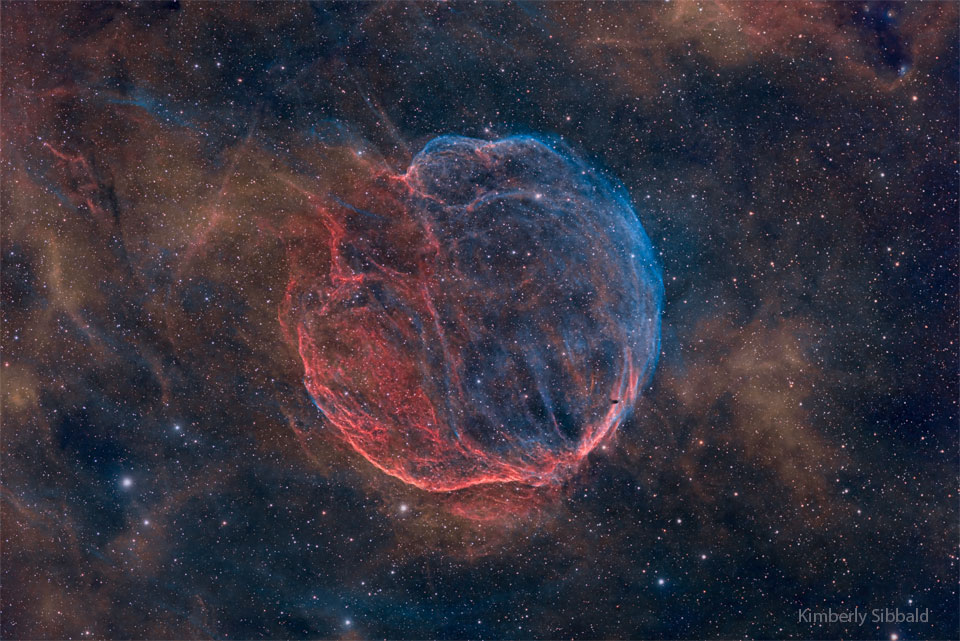Unravelling mystery of Medulla Nebula: What powers this brain-like supernova remnant?

NASA's Astronomy Picture of the Day (APOD) features CTB-1, also known as the Medulla Nebula, a supernova remnant that resulted from the explosion of a massive star in the constellation of Cassiopeia around 10,000 years ago. The explosion of the star likely occurred when it ran out of elements near its core that could create stabilizing pressure with nuclear fusion.
The expanding gas shell left behind by this explosion collides with the surrounding interstellar gas, generating heat that causes it to glow in visible light. However, the Medulla Nebula also glows in X-ray light, which is a mystery that scientists are still trying to figure out.
One hypothesis suggests that the Medulla Nebula supernova remnant is powered by an energetic pulsar, which is a highly magnetized, rotating neutron star. The pulsar may have been created during the supernova explosion and is now generating a fast-moving outward wind that powers the nebula.
The Medulla Nebula appears as large as a full moon, but it is extremely faint, requiring many hours of exposure with a telescope in Seven Persons, Alberta, Canada, to create this featured image. Further studies and observations of this mysterious nebula are necessary to understand its nature and what powers its unique glow fully.
- READ MORE ON:
- Medulla Nebula
- Supernova Remnant










